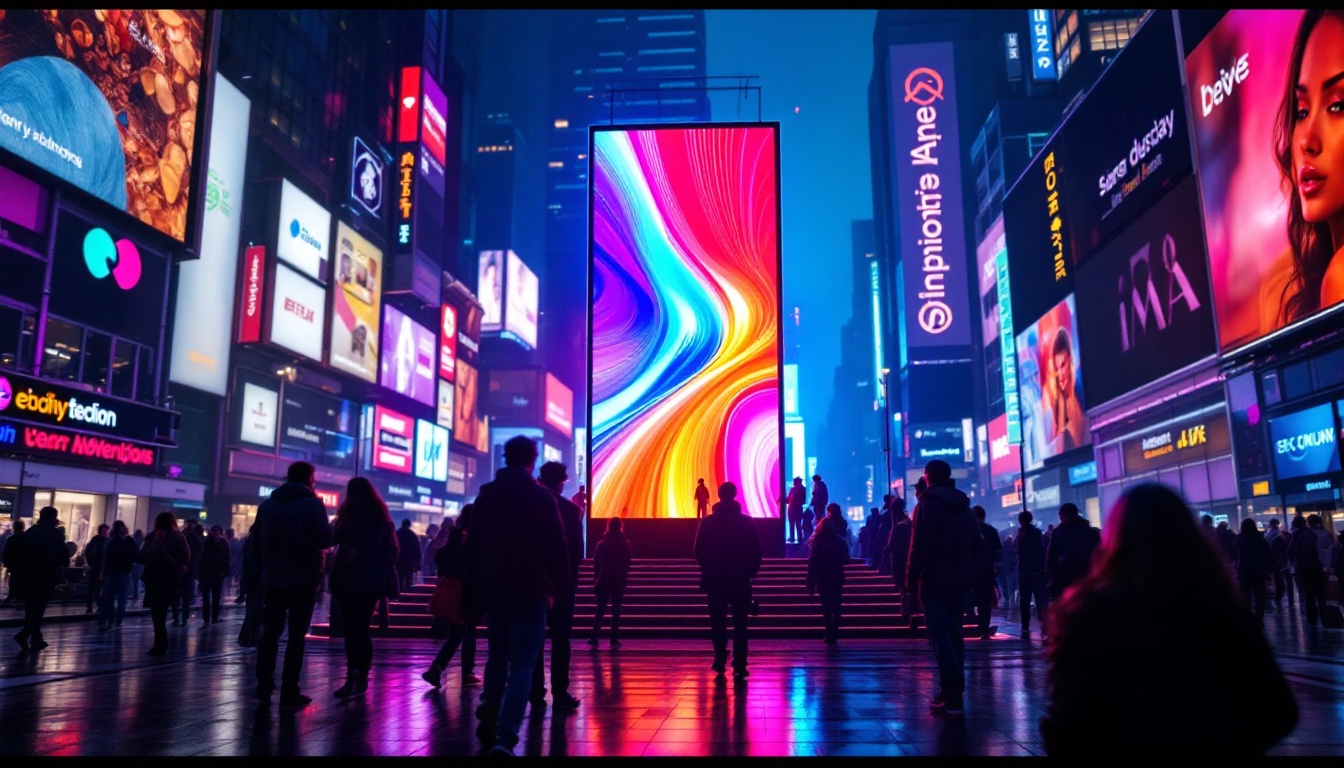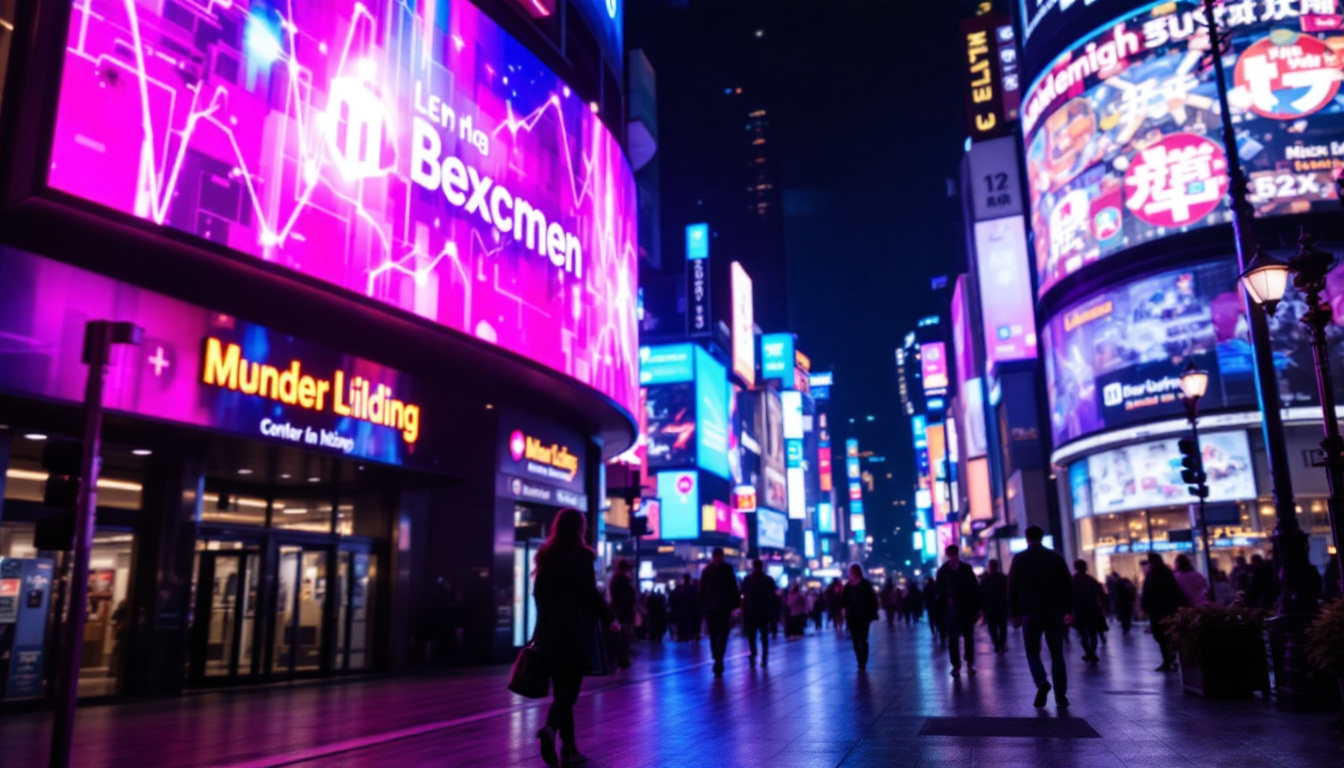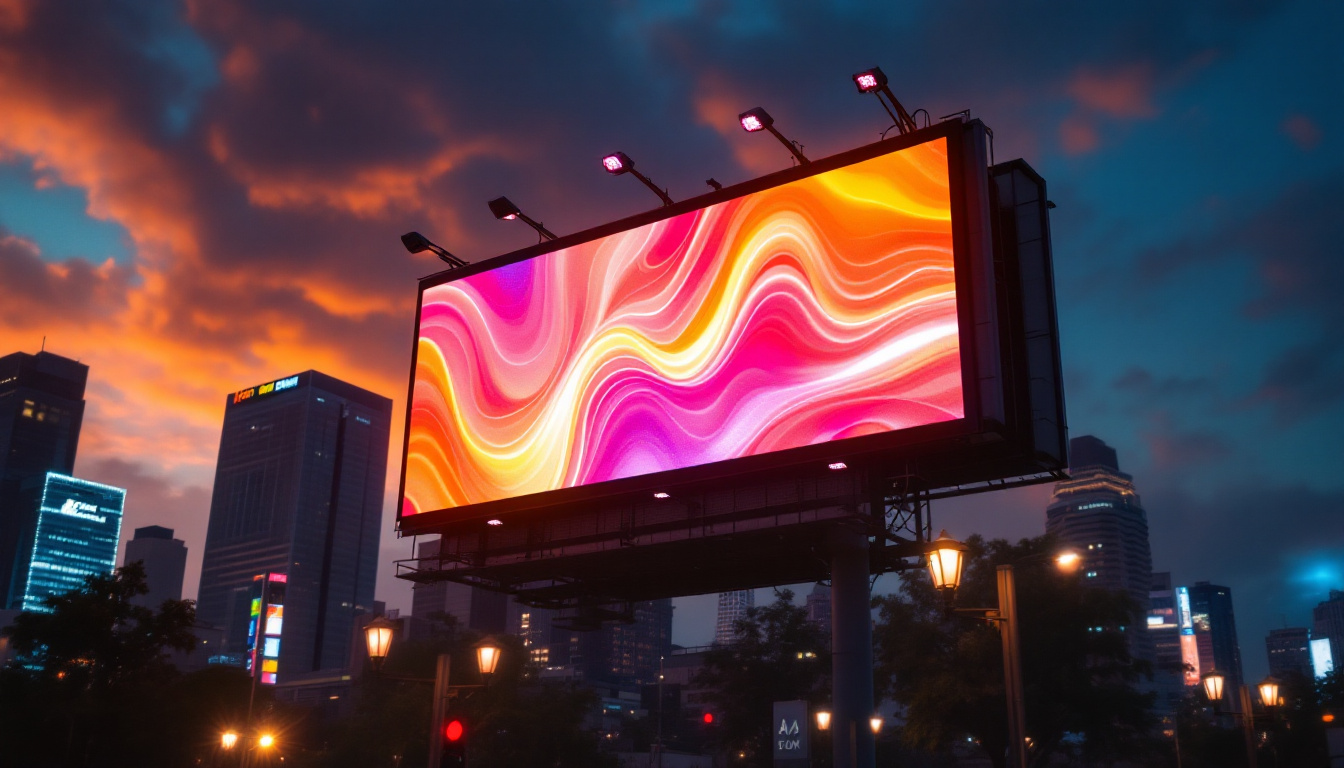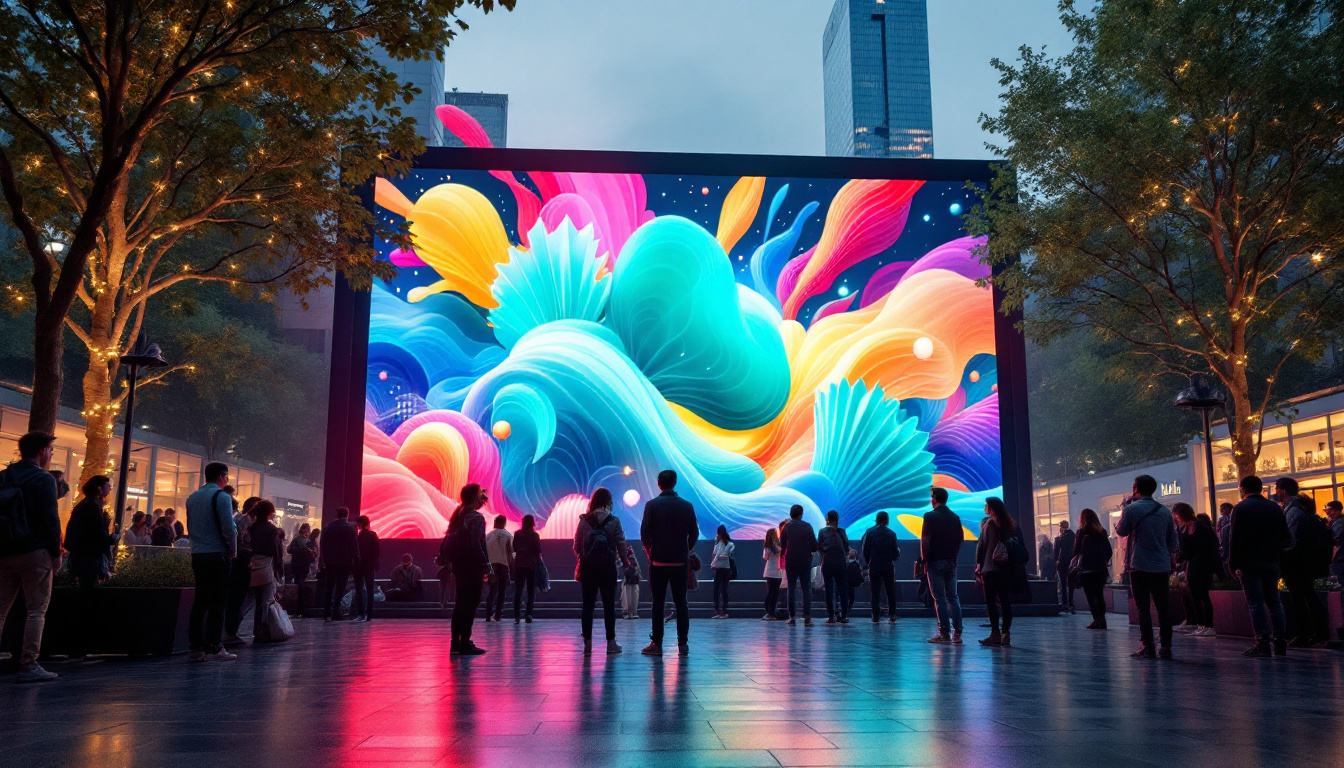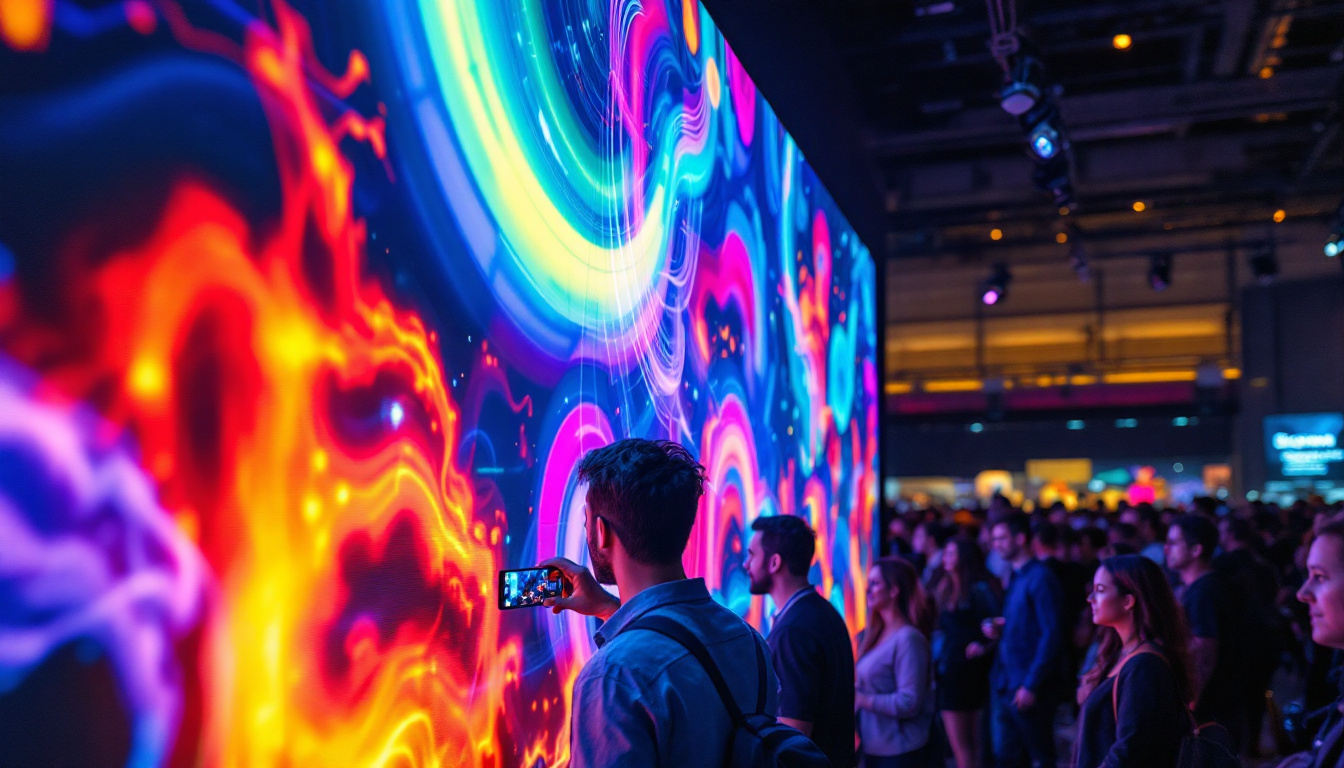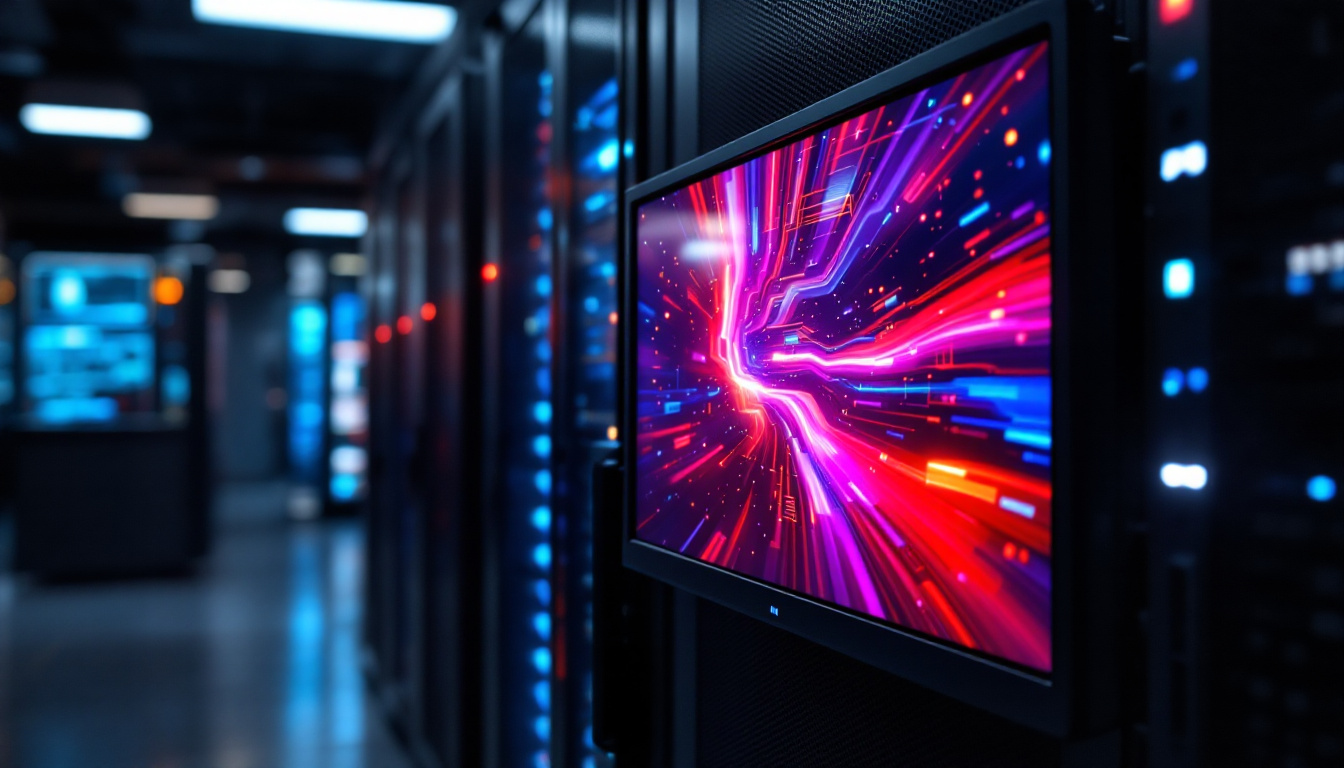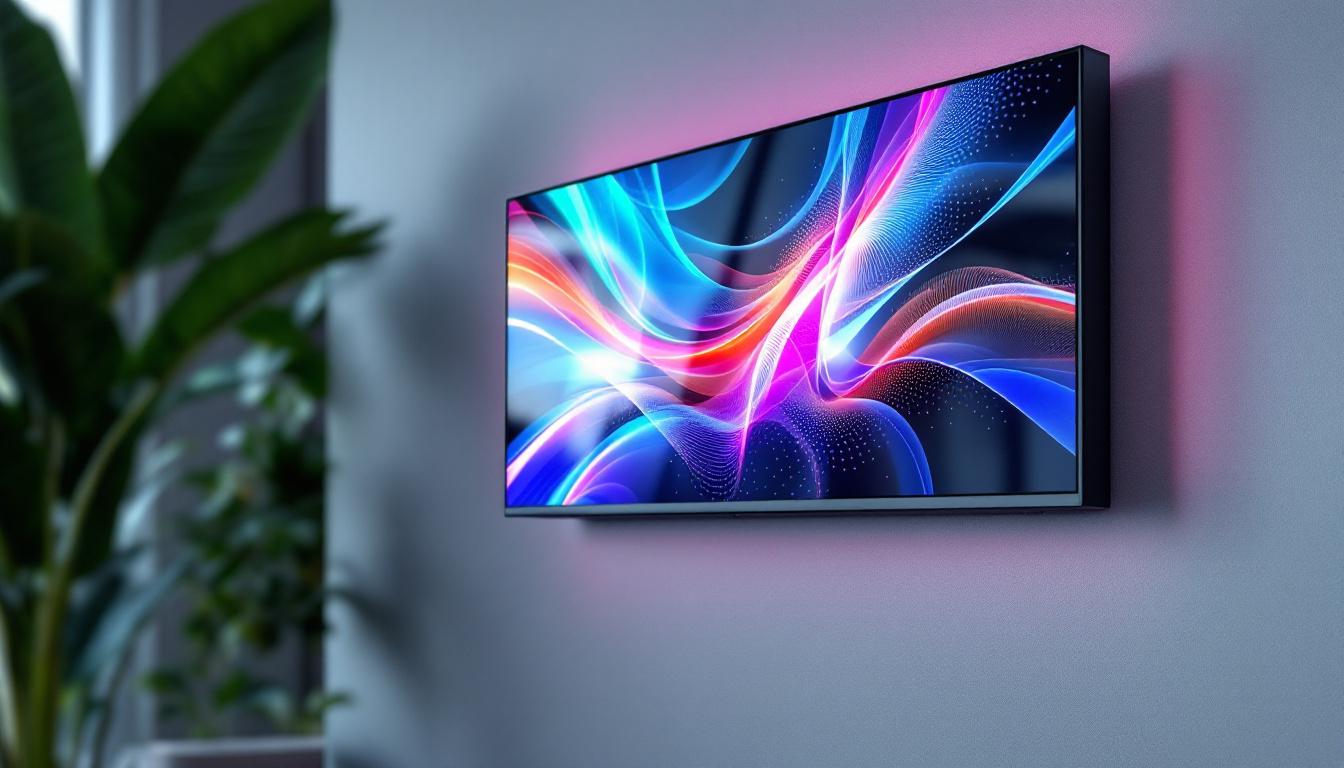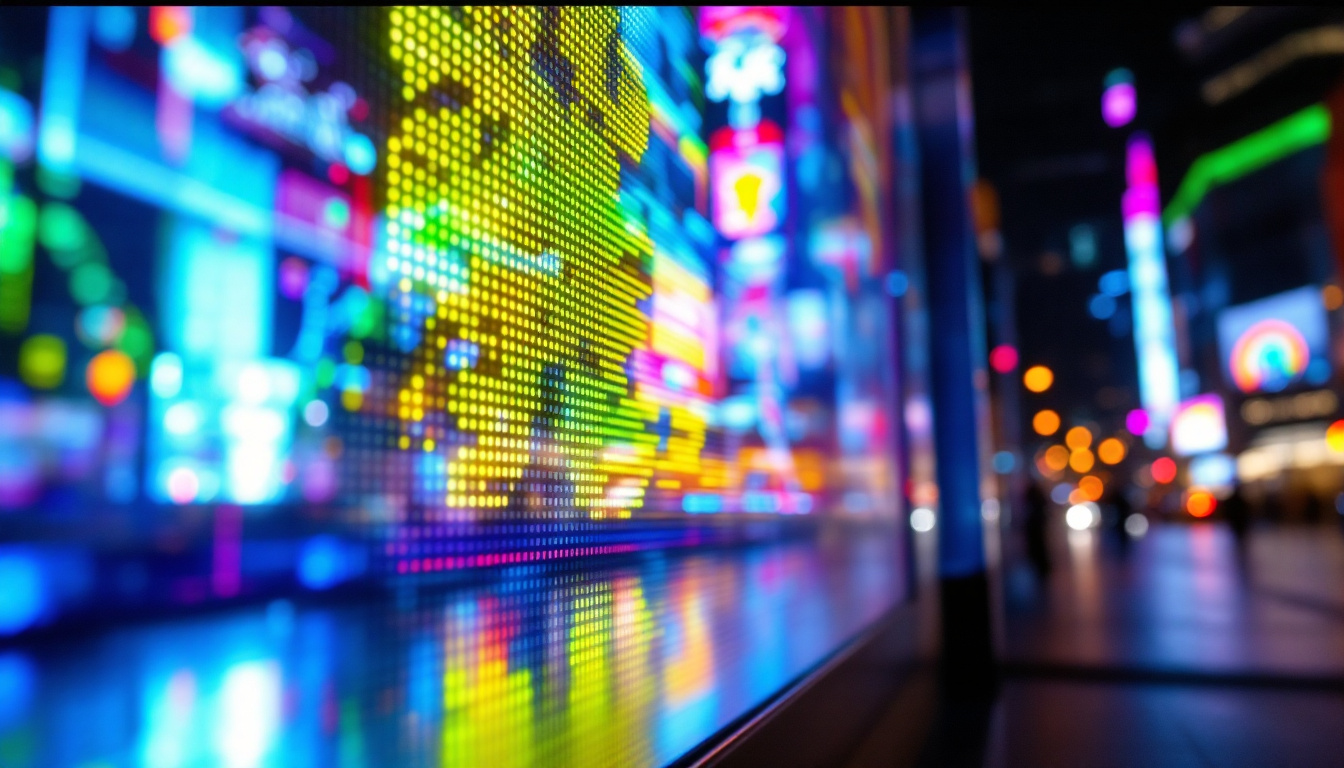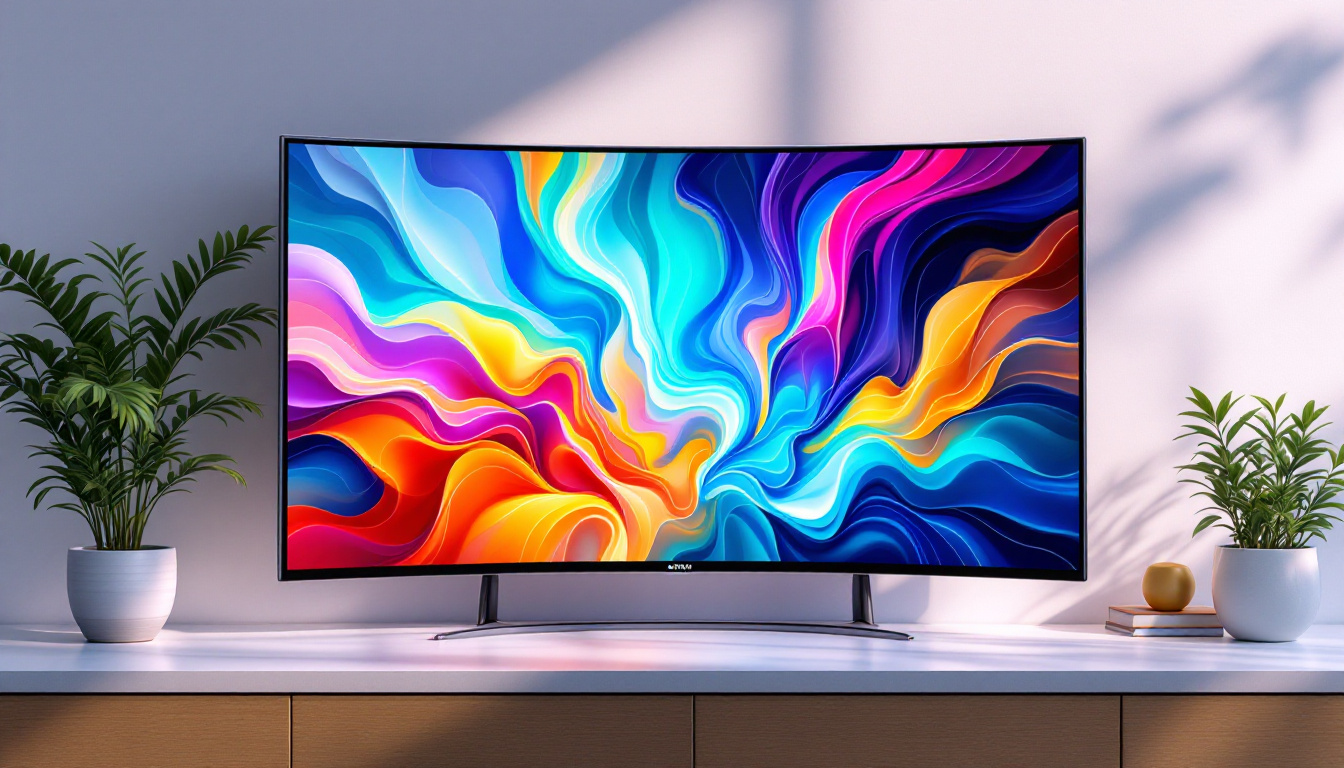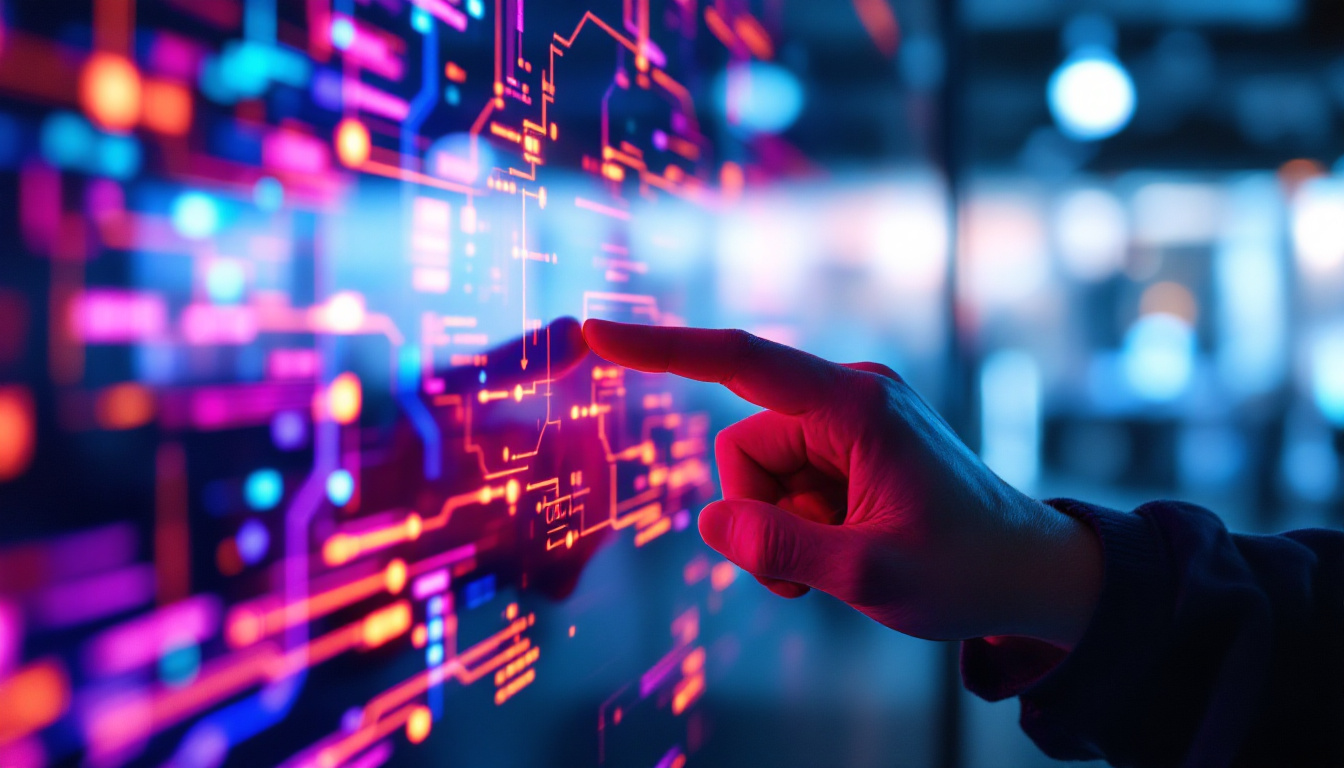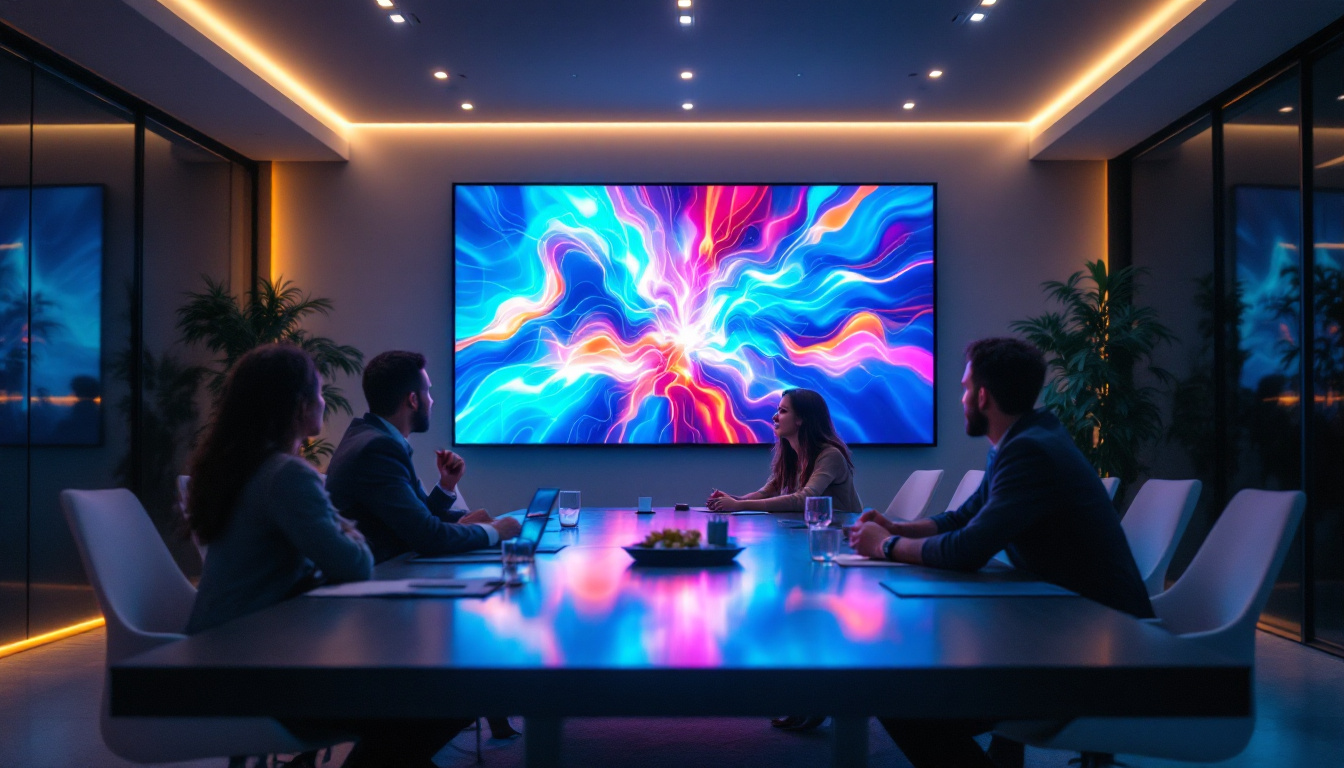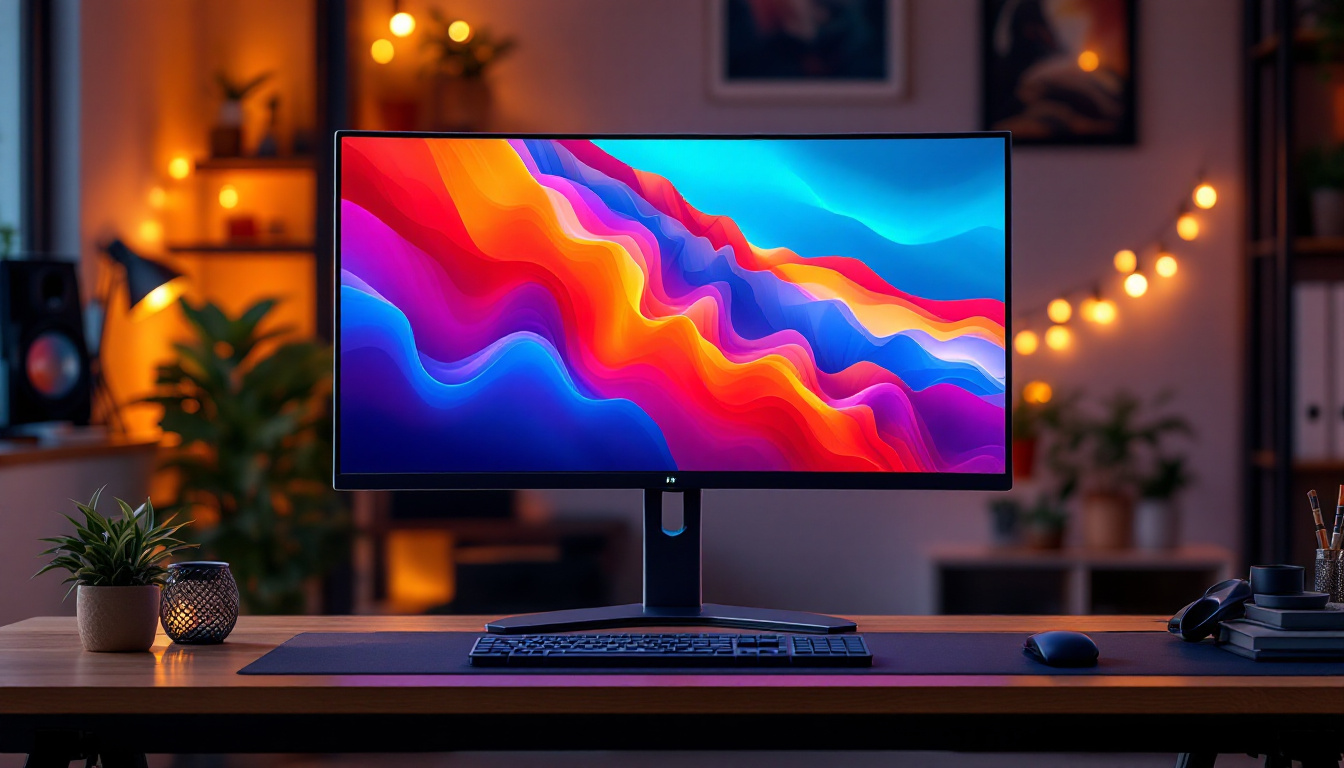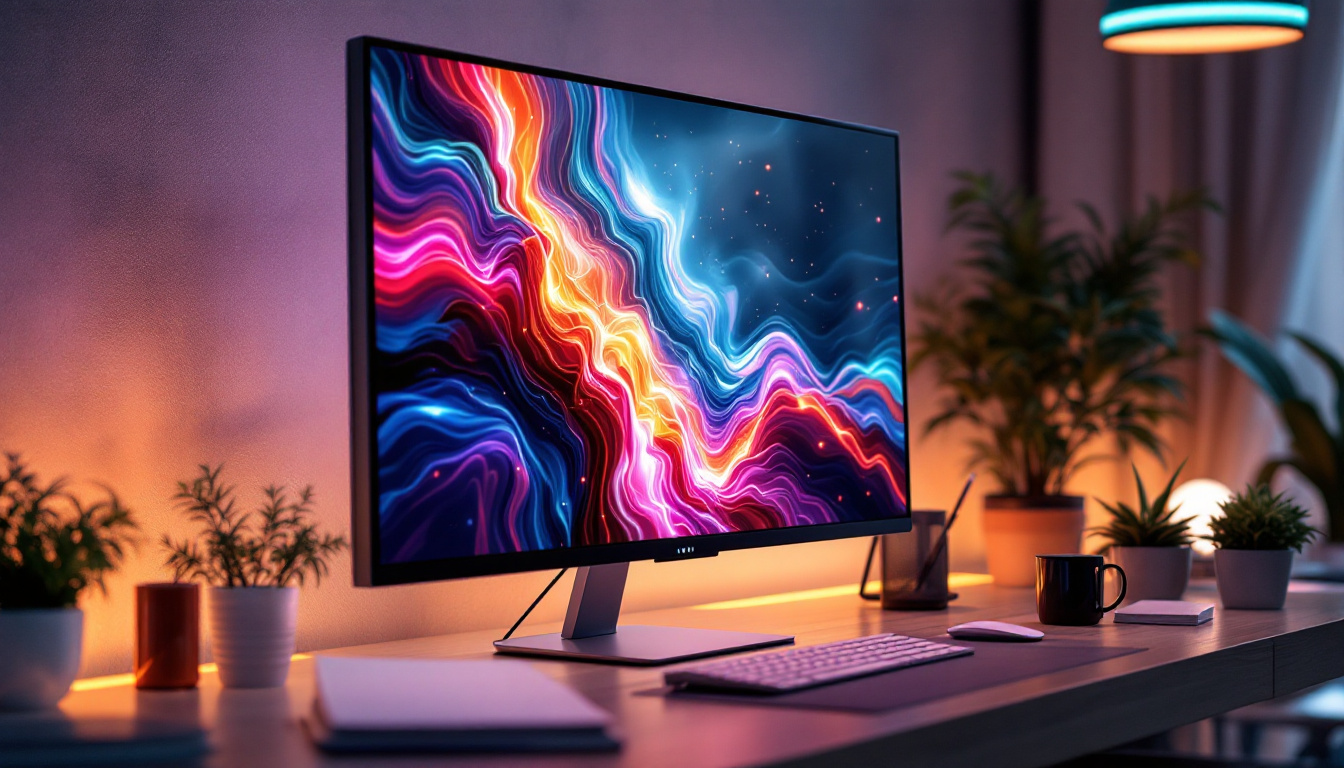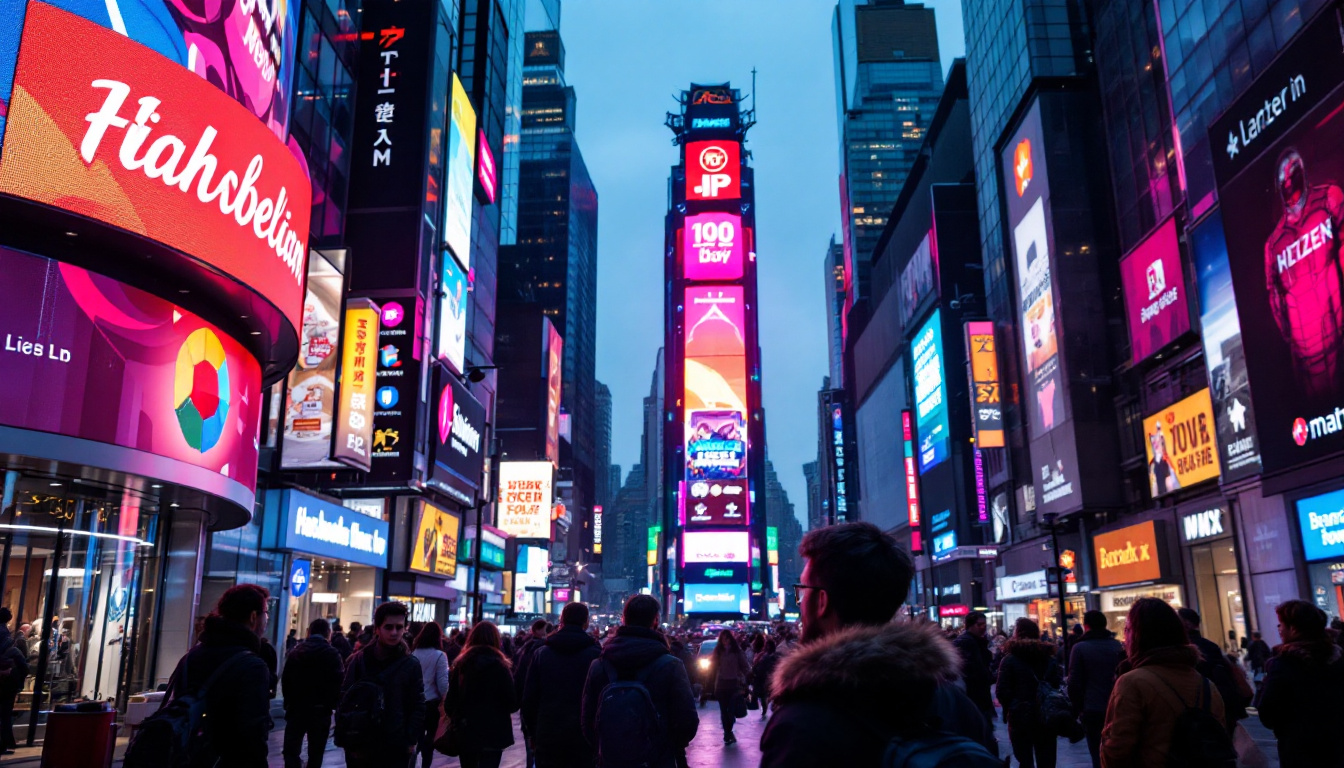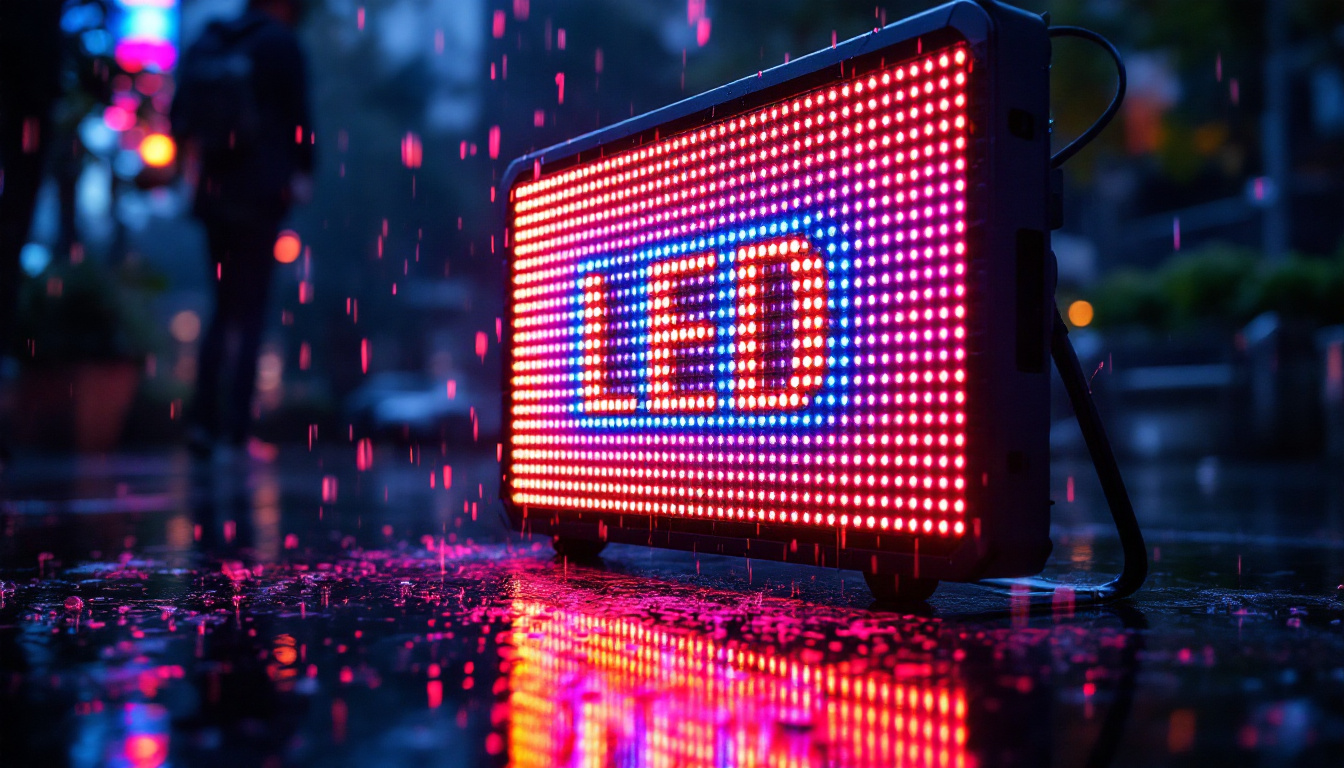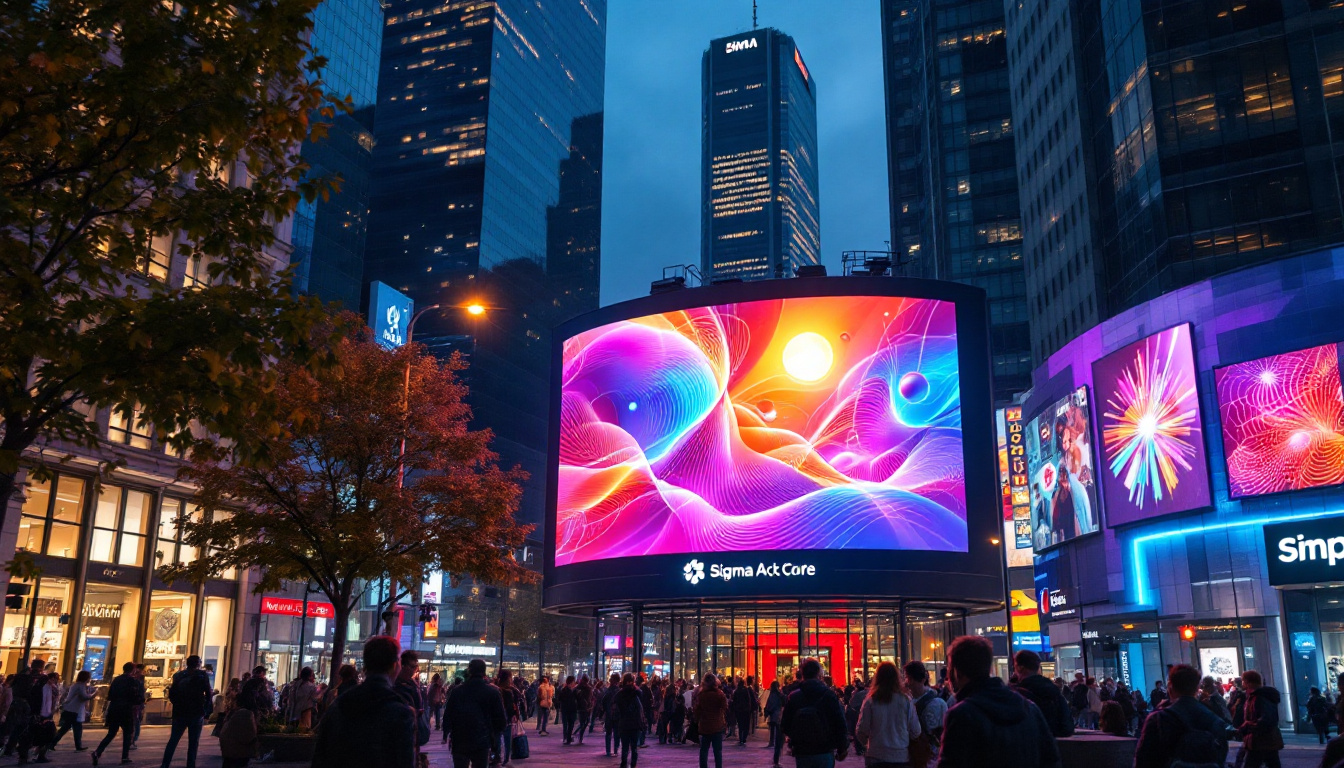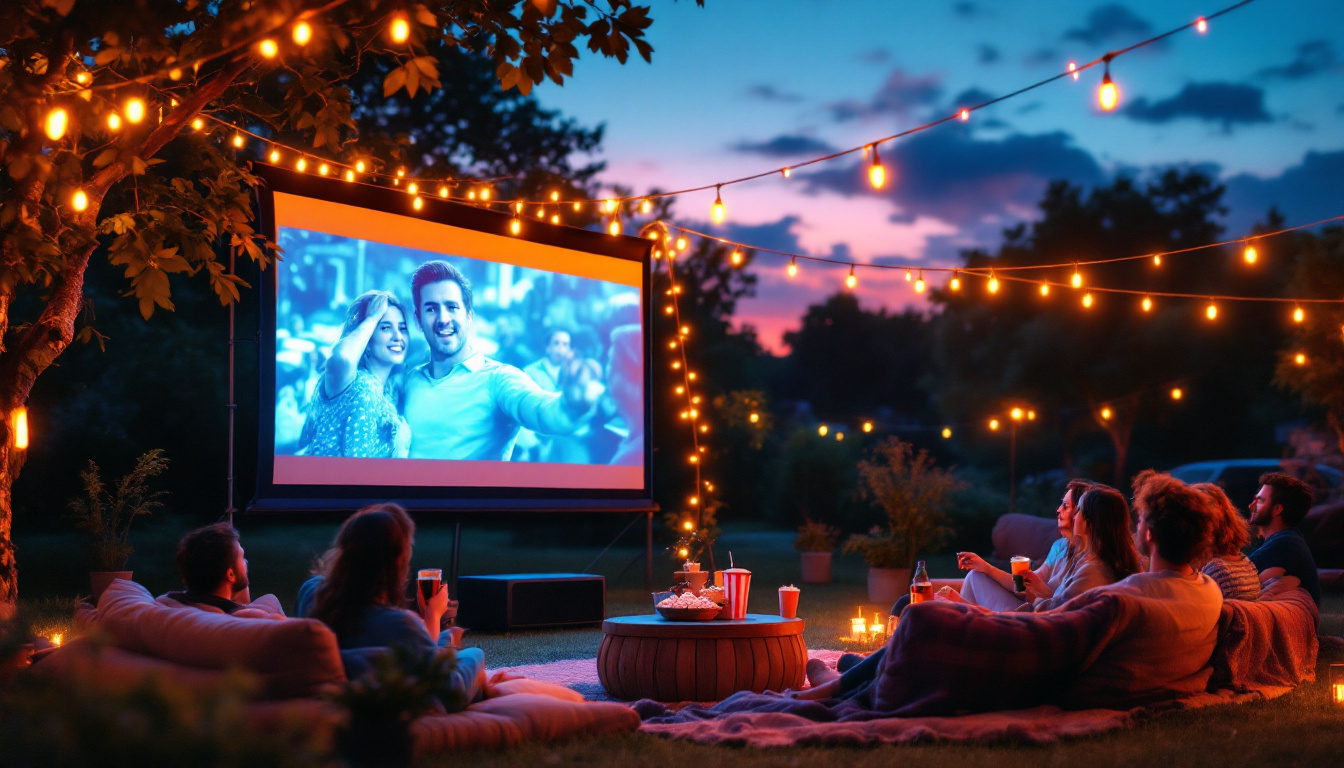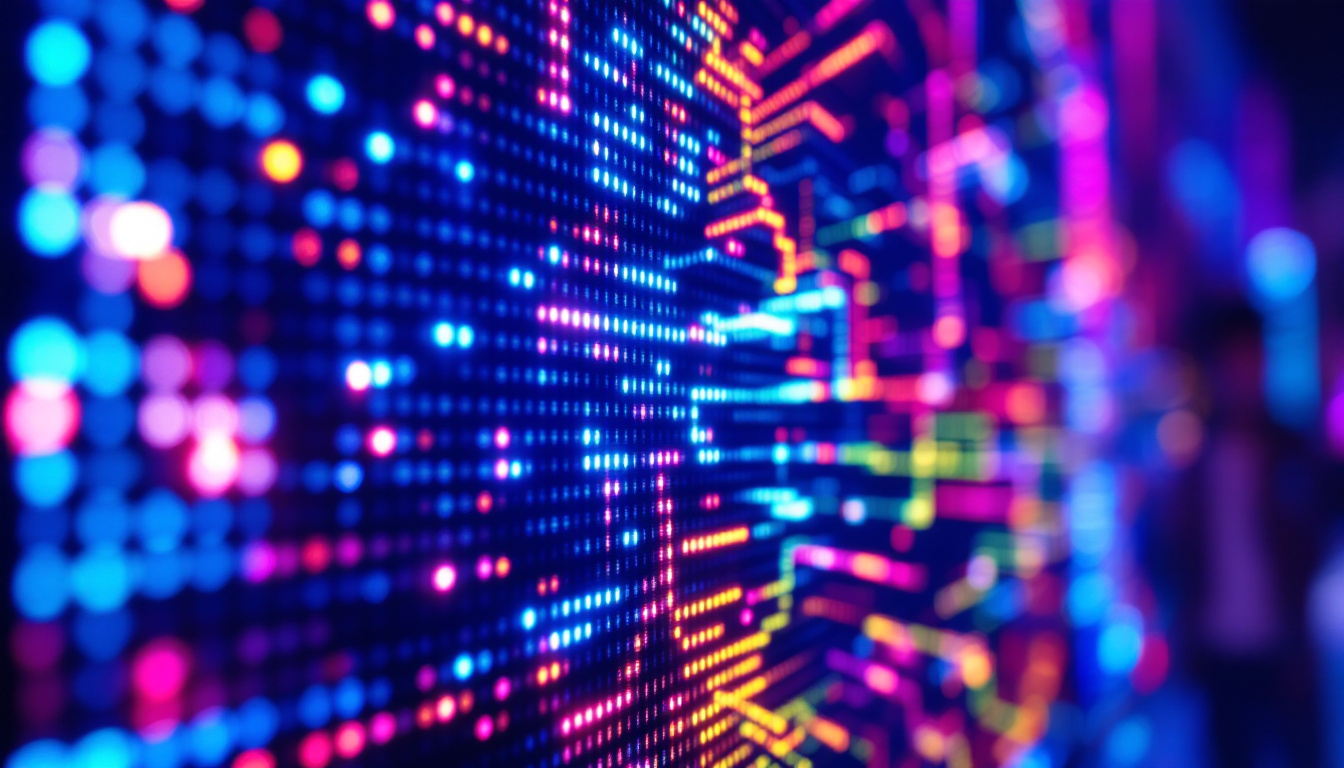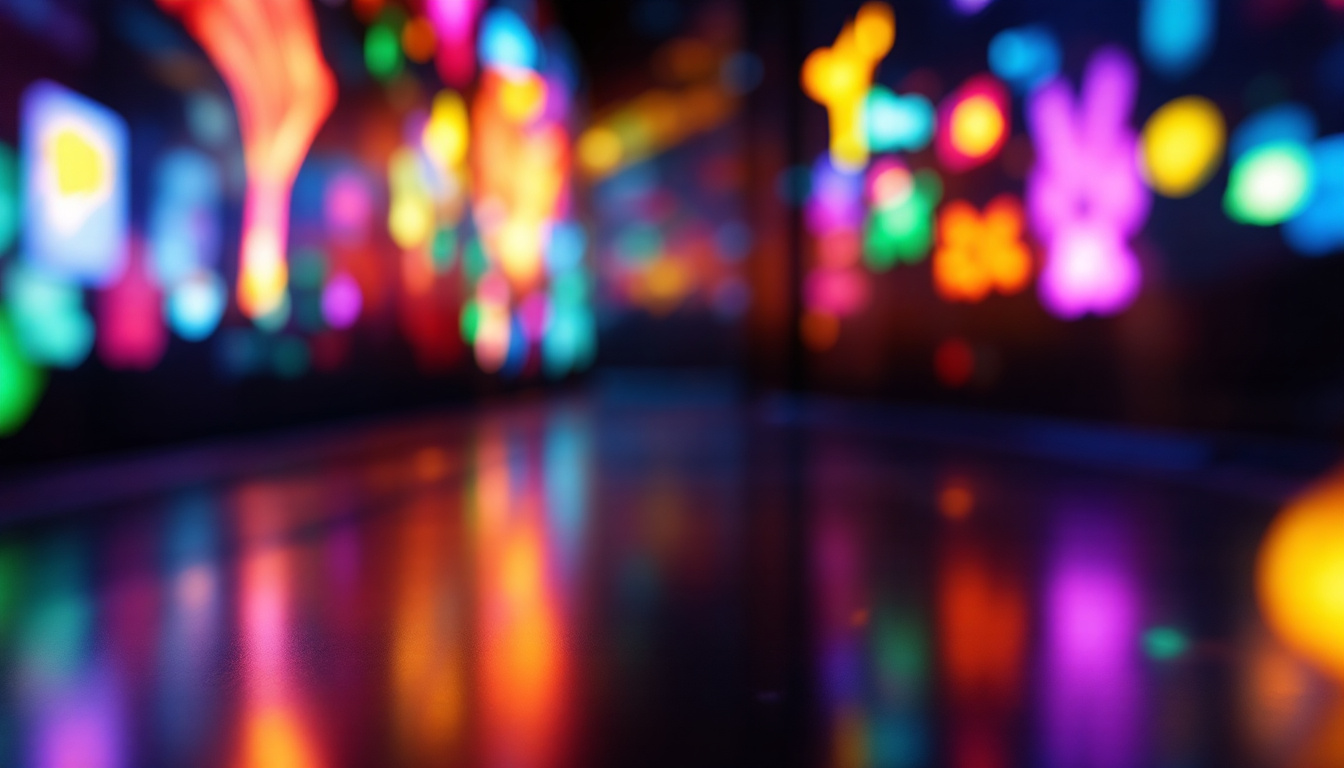In today’s fast-paced world, communication is key, and businesses are constantly seeking innovative ways to capture attention. One of the most effective tools in this regard is the LED display. These vibrant, eye-catching signs have transformed the landscape of advertising and information dissemination. This article delves into the intricacies of LED displays, their applications, and why they are becoming increasingly popular.
Understanding LED Technology
Light Emitting Diodes (LEDs) are semiconductor devices that emit light when an electric current passes through them. Unlike traditional incandescent bulbs, LEDs are energy-efficient and have a longer lifespan. This technology has revolutionized the way signs are designed and displayed.
How LEDs Work
LEDs function by passing an electrical current through a semiconductor material. This process excites the electrons, which then emit photons, producing light. The color of the light depends on the materials used in the semiconductor. For instance, different combinations of gallium, arsenic, and phosphorous can yield various colors.
The compact size of LEDs allows for flexible designs, making them suitable for a range of applications—from small displays to large billboards. Their brightness and clarity ensure visibility even in direct sunlight, making them ideal for outdoor settings.
Types of LED Displays
LED displays come in various forms, each tailored for specific uses. The most common types include:
- Single Color Displays: These are basic LED screens that display one color, often used for simple text messages.
- Full Color Displays: These advanced screens can showcase a wide range of colors and are capable of displaying images and videos, making them perfect for advertisements.
- Matrix Displays: These are made up of a grid of LEDs and are often used for scrolling text and simple animations.
Applications of LED Displays
LED displays are versatile and can be found in various sectors. Their applications range from advertising to information dissemination, making them invaluable tools for businesses and organizations.
Advertising and Marketing
One of the primary uses of LED displays is in advertising. Businesses utilize these vibrant signs to promote products and services, attract foot traffic, and enhance brand visibility. The dynamic nature of LED displays allows for changing messages and animations, which can capture the attention of potential customers more effectively than static signs.
Moreover, LED displays can be programmed to change content based on time, weather, or specific events, ensuring that the message remains relevant and engaging. This adaptability makes them a preferred choice for businesses aiming to maximize their advertising impact.
Public Information Displays
LED displays are also widely used for public information purposes. Transportation hubs, such as airports and train stations, utilize these signs to provide real-time updates on schedules, delays, and other important announcements. Their clarity and visibility ensure that travelers receive crucial information promptly.
In addition to transportation, LED displays are employed in educational institutions, hospitals, and government buildings to convey important messages to the public. Their ability to display dynamic content makes them effective tools for communication in various settings.
Event Management
For events, LED displays serve as powerful tools for enhancing the overall experience. Concerts, sporting events, and festivals often feature large LED screens that display live feeds, advertisements, and interactive content. This not only engages attendees but also creates a more immersive atmosphere.
Event organizers can use LED displays to communicate schedules, directions, and safety information, ensuring that attendees are well-informed throughout the event. The ability to change content in real-time allows for adaptability, which is crucial in dynamic environments.
Benefits of LED Displays
The advantages of using LED displays extend beyond their visual appeal. They offer a range of benefits that make them a wise investment for businesses and organizations.
Energy Efficiency
One of the standout features of LED technology is its energy efficiency. LED displays consume significantly less power compared to traditional lighting solutions. This not only reduces electricity costs but also contributes to a smaller carbon footprint, making them an environmentally friendly option.
Furthermore, the longevity of LEDs means that they require less frequent replacement, leading to lower maintenance costs over time. This combination of energy savings and durability makes LED displays a cost-effective choice for businesses.
High Visibility and Clarity
LED displays are renowned for their brightness and clarity. They can be seen from considerable distances, even in bright sunlight, making them ideal for outdoor applications. This high visibility ensures that messages reach a broader audience, maximizing the impact of advertising efforts.
The clarity of images and text displayed on LED screens is superior to many traditional mediums, allowing for intricate designs and animations that can captivate viewers. This level of detail enhances the overall effectiveness of the message being conveyed.
Customizability
Another significant advantage of LED displays is their customizability. Businesses can tailor the content displayed to suit their specific needs, whether it’s changing advertisements, displaying real-time data, or showcasing interactive content. This flexibility allows for a more personalized approach to communication.
Additionally, LED displays can be designed in various shapes and sizes, enabling businesses to create unique installations that align with their branding and marketing strategies. This level of customization is a key factor in the growing popularity of LED technology.
Choosing the Right LED Display
With a plethora of options available, selecting the right LED display can be daunting. Several factors should be considered to ensure that the chosen display meets the specific needs of the business or organization.
Purpose and Location
The first step in choosing an LED display is to determine its intended purpose. Is it for advertising, public information, or event management? Understanding the primary goal will guide the selection process.
Additionally, the location of the display is crucial. Outdoor displays require different specifications compared to indoor ones, particularly in terms of brightness and weather resistance. Assessing the environment in which the display will be placed will help narrow down the options.
Size and Resolution
The size of the LED display should be proportional to the viewing distance. Larger displays are needed for audiences at a distance, while smaller screens can suffice for close viewing. Resolution is another important factor; higher resolution displays offer clearer images and text, enhancing the overall viewing experience.
Businesses should also consider pixel pitch, which refers to the distance between the center of one LED pixel to the center of the next. A smaller pixel pitch results in a higher resolution, making it suitable for applications where viewers are closer to the display.
Budget Considerations
Finally, budget plays a significant role in the decision-making process. LED displays can vary widely in price based on size, resolution, and features. It is essential to establish a budget and find a balance between quality and cost-effectiveness.
Investing in a high-quality LED display can yield significant returns in terms of visibility and engagement, making it a worthwhile consideration for businesses looking to enhance their communication strategies.
Installation and Maintenance
Once the right LED display has been chosen, proper installation and maintenance are critical to ensuring its longevity and performance. Understanding these aspects can help businesses maximize their investment.
Professional Installation
While some businesses may consider a DIY approach to installation, enlisting the help of professionals is often the best course of action. Professional installers have the expertise and tools necessary to ensure that the display is set up correctly and safely. They can also provide guidance on optimal placement for visibility and effectiveness.
Moreover, professional installation can help avoid common pitfalls that may arise from improper setup, such as electrical issues or inadequate support structures.
Regular Maintenance
Maintaining an LED display is essential for its longevity and performance. Regular cleaning, software updates, and inspections can help identify potential issues before they escalate. Dust and debris can accumulate on the screen, affecting visibility, so routine cleaning is necessary.
Additionally, keeping the software updated ensures that the display functions smoothly and takes advantage of the latest features. Regular inspections can help identify any hardware issues, allowing for timely repairs and minimizing downtime.
The Future of LED Displays
The future of LED displays looks promising, with advancements in technology paving the way for even more innovative applications. As businesses continue to seek effective communication methods, LED displays are likely to play a pivotal role in shaping marketing and information dissemination strategies.
Emerging Trends
One of the emerging trends in LED technology is the development of flexible displays. These adaptable screens can be bent and shaped to fit various surfaces, opening up new possibilities for creative advertising and design. This flexibility allows for unique installations that can capture attention in ways traditional displays cannot.
Another trend is the integration of smart technology into LED displays. With the rise of the Internet of Things (IoT), LED displays can now be connected to various data sources, enabling real-time updates and interactive content. This capability enhances engagement and allows businesses to tailor their messages based on current events or audience preferences.
Environmental Considerations
As sustainability becomes increasingly important, LED technology is evolving to become even more eco-friendly. Manufacturers are focusing on reducing the environmental impact of production and disposal processes. This shift towards sustainability is likely to resonate with consumers, making eco-friendly LED displays a preferred choice for businesses.
In conclusion, LED displays have transformed the way businesses communicate with their audiences. Their versatility, energy efficiency, and high visibility make them an indispensable tool in modern advertising and information dissemination. As technology continues to advance, the potential applications and benefits of LED displays are bound to expand, further solidifying their place in the future of communication.
Discover LumenMatrix LED Display Solutions
Ready to elevate your brand’s visibility and captivate your audience with stunning visual displays? Look no further than LumenMatrix, a pioneer in LED display technology. Our comprehensive range of products, from Indoor and Outdoor LED Wall Displays to innovative LED Transparent Displays, is designed to create immersive experiences and deliver your message with unparalleled clarity. Whether you’re looking to engage fans at a sports event with our LED Sports Display or make a statement with a Custom LED Display, LumenMatrix has the solution to meet your needs. Check out LumenMatrix LED Display Solutions today and start transforming your visual communication.

